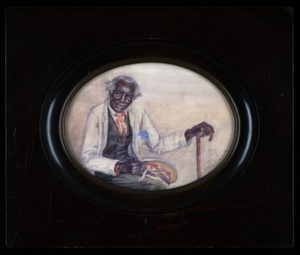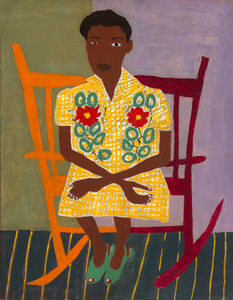unidentified
Description
Contact the Stanley Museum of Art at the University of Iowa: https://stanleymuseum.uiowa.edu/about/contact/ The Stanley Collection single object 2007 Luba 1 million Ciluba and Kiswahili Southeastern Zaire and northwest Zambia Chokwe, Ndembu, Kaonde, Bemba, Tabwa, Hemba, Songye, Lunda The relentless expansion of Luba empire can be traced as far back as 1500 when it emerged from the Upemba depression which is still the heartland of the Luba. Eastward expansion to Lake Tanganyka intensified under the leadership of Ilungu Sungu between 1780 and 1810. This was followed by north and southeast expansion until 1840 under Kumwimbe Ngombe, and then to the northwest and northeast from 1840-1870 under Ilunga Kabale. The empire began to diminish after his death in 1870 as Arab slave traders and European invaders challenged notions of Luba supremacy in the region contributing to the decline of Luba power. The legacy of the great empire is still recognizable in the region today, where local customs and art styles often reflect a strong Luba influence. During the height of its reign, the Luba empire operated on a complex system of tributes which acted to redistribute wealth throughout the region. The ruling class had a virtual monopoly on trade items such as salt, copper and iron ore which allowed them to continue their dominance. Most citizens of the empire relied on slash and burn farming for subsistence. This was supplemented with fishing and hunting. The importance of hunting was reinforced by social institutions which celebrated the fortunes of good hunters. The Luba...
Physical Object
Ivory
University of Iowa. Stanley Museum of Art (host institution)
U.S. and international copyright laws protect this digital image. Commercial use or distribution of the image is not permitted without prior permission of the copyright holder. For permission to use the digital image, please complete an image request form http://www.lib.uiowa.edu/forms/uima or contact the University of Iowa Museum of Art.





















